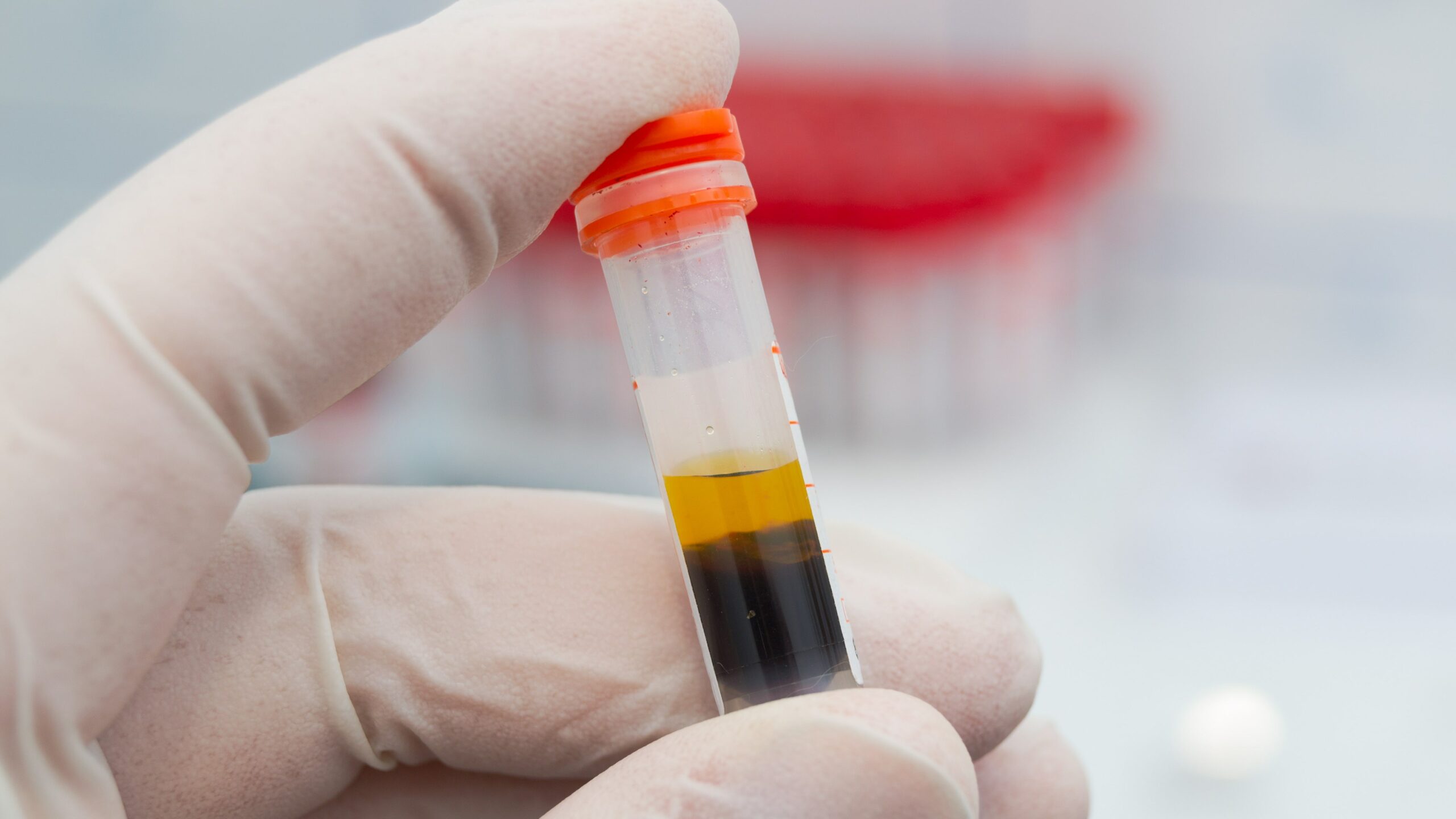
In order to “study the aggregation of multiple comorbidities in people with gout and explore differences in prognosis of gout flares among different subgroups,” researchers of a study in the Journal of Endocrinological Investigation performed a hierarchical clustering among 2639 patients with gout using previously identified comorbidities.
They identified 5 distinct subgroups (C1-C5) based on 8 comorbidities: obesity, diabetes, dyslipidemia, cardiovascular disease (CVD), chronic kidney disease (CKD), and cancer. The subgroups were characterized by the presence or absence of these comorbidities. The subgroups included:
- C1 (n=671, 25%): Isolated gout with few comorbidities
- C2 (n=258, 10%): All individuals had obesity
- C3 (n=335, 13%): Nearly all individuals had diabetes (99.7%)
- C4 (n=938, 36%): All individuals had dyslipidemia
- C5 (n=437, 17%): Highest proportion of CVD (53%), CKD (56%), and cancer (7%)
The study also involved a 1-year follow-up on 463 patients with gout to assess the incidence and timing of gout flares in each cluster. Binary logistic regression was used to determine the factors associated with gout flares.
Cluster C5, which included individuals with high rates of CVD, CKD, and cancer, had the highest incidence of gout flares (71.9%) and the earliest onset, with a median onset of 3 months. Conversely, Cluster C2, consisting entirely of obese individuals, had the lowest incidence of gout flares (52.1%) and the latest onset, with a median onset of 10 months.
The study also found that individuals in Cluster C5 had the highest relative risk for recurrent gout flares (odd ratio, 2.09). Other factors associated with an increased risk of gout flares included the age at diagnosis of gout, duration of gout, presence of tophi, and heavy smoking (≥20 cigarettes per day).







 © 2025 Mashup Media, LLC, a Formedics Property. All Rights Reserved.
© 2025 Mashup Media, LLC, a Formedics Property. All Rights Reserved.